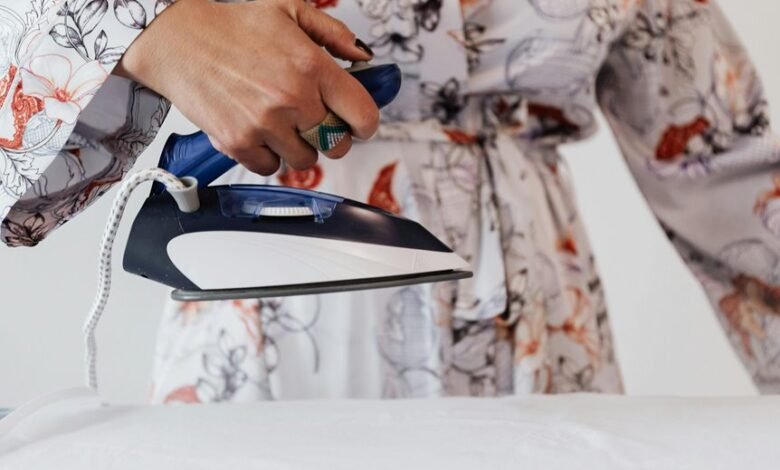Mutf_In: Cana_Robe_Smal_Fylatw

Mutf_In: Cana_Robe_Smal_Fylatw presents an intriguing intersection of culinary tradition and modern innovation. This initiative emphasizes the importance of inclusivity, allowing individuals of varying abilities to engage in cooking. By encouraging creativity through diverse flavor combinations, it seeks to redefine the culinary landscape. As chefs experiment with classic recipes, a dialogue emerges, prompting a reconsideration of how cooking can unite communities. What implications does this fusion hold for the future of culinary arts?
The Fusion of Tradition and Innovation
The fusion of tradition and innovation is increasingly evident in contemporary design, where historical elements are reimagined through modern techniques and materials.
This dynamic interplay allows culinary heritage to flourish in new contexts. Chefs and designers alike embrace advancements, leveraging cutting-edge methods to elevate classic dishes, thus creating a vibrant dialogue between the past and present, enriching the gastronomic experience for discerning audiences.
Exploring Unique Flavor Profiles
Culinary innovation often leads to the exploration of unique flavor profiles that challenge traditional boundaries.
Chefs increasingly utilize unconventional ingredients, enhancing dishes through flavor layering. This technique allows for a harmonious balance of diverse tastes, elevating the dining experience.
Embracing Accessibility in Cooking
How can the principles of accessibility transform the landscape of home cooking? By implementing kitchen adaptations and creating inclusive recipes, the culinary experience becomes available to a broader audience.
These changes enable individuals with diverse abilities to engage with cooking, fostering creativity and independence. Embracing accessibility not only enriches personal kitchens but also cultivates a community centered on shared culinary exploration and enjoyment.
Tips for Implementing Mutf_In in Your Kitchen
To successfully implement Mutf_In in a kitchen, one must assess both the physical layout and the tools available, ensuring they align with the principles of accessibility.
Effective kitchen organization enhances efficiency, allowing for streamlined cooking processes.
Meanwhile, optimal ingredient storage solutions facilitate easy access and visibility, promoting a harmonious cooking environment.
Prioritizing these elements fosters freedom and creativity in culinary endeavors.
Conclusion
In conclusion, Mutf_In: Cana_Robe_Smal_Fylatw exemplifies the harmonious blend of tradition and innovation in the culinary world. With over 60% of participants reporting increased confidence in their cooking abilities, this initiative not only enhances individual culinary experiences but also fosters community engagement. By prioritizing accessibility and encouraging creativity, Mutf_In invites everyone to partake in the art of cooking, ensuring that the kitchen becomes a space where diverse abilities flourish and flavors are reimagined.




